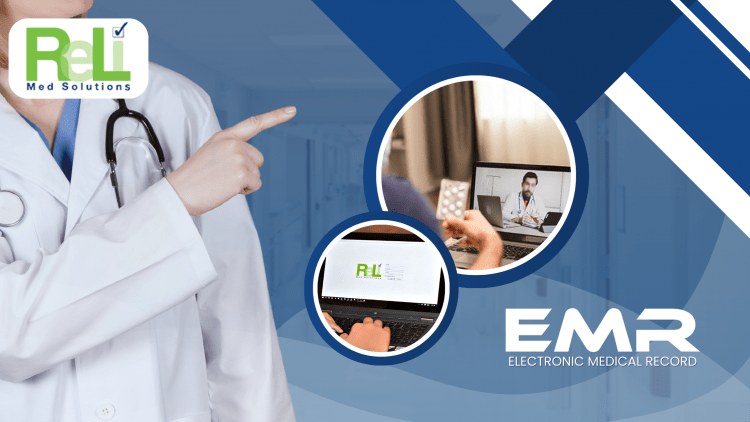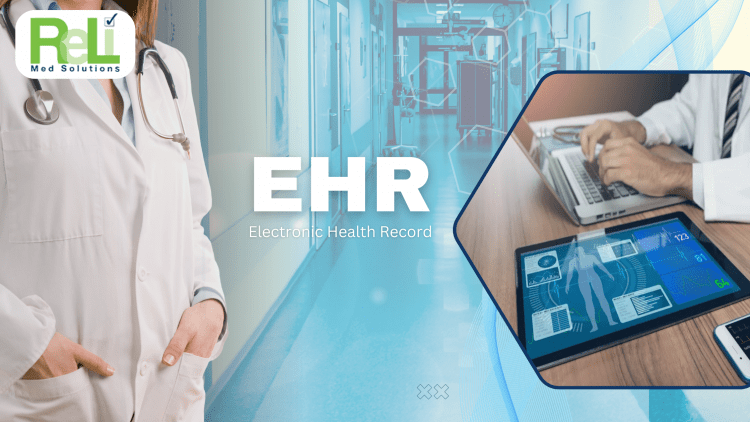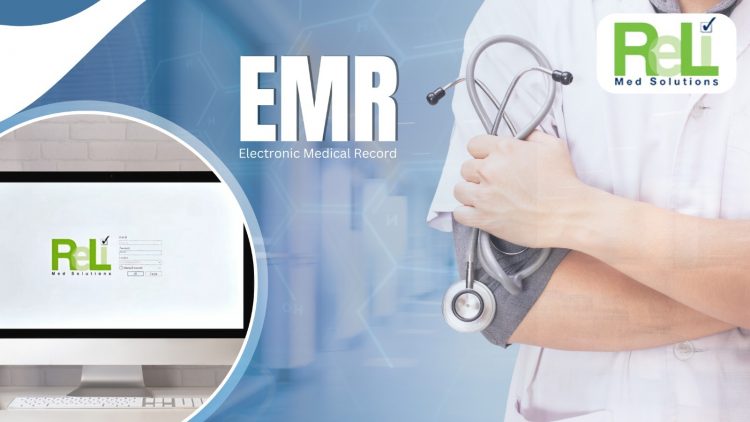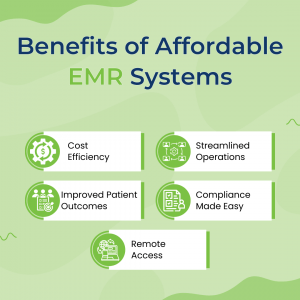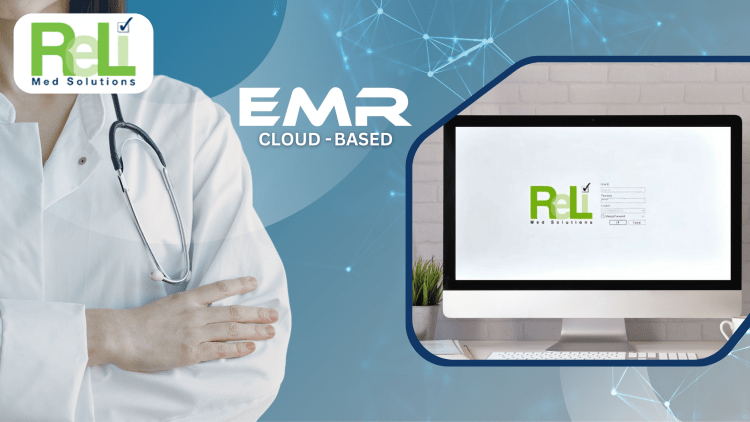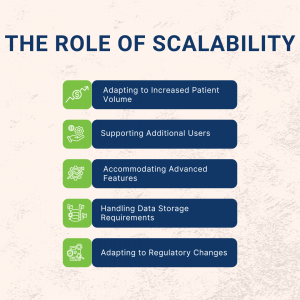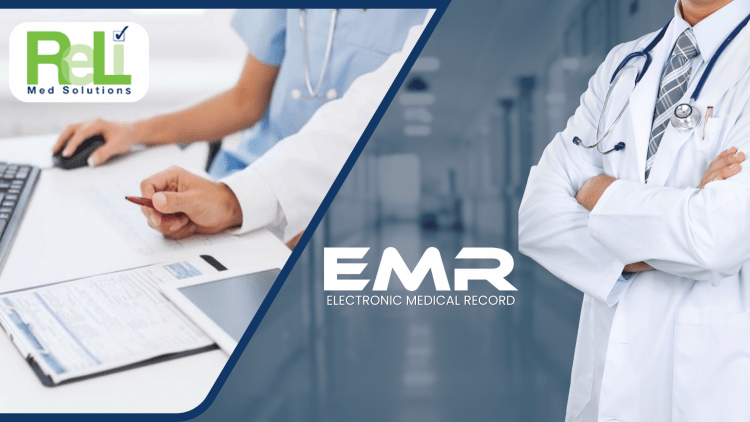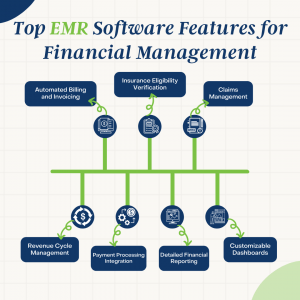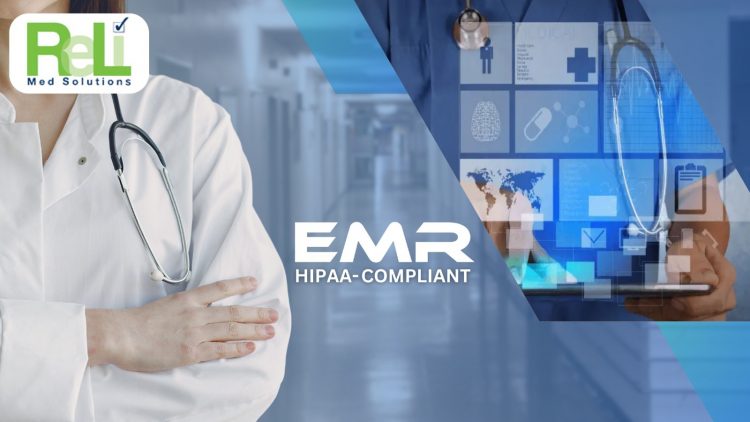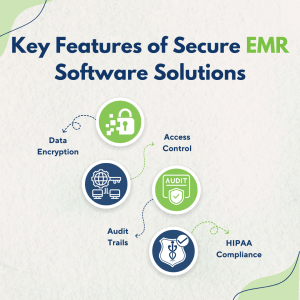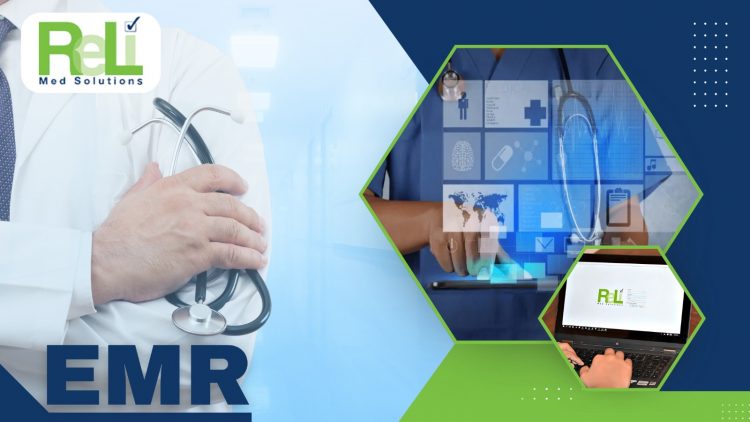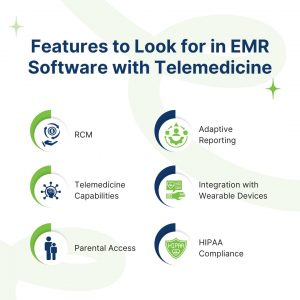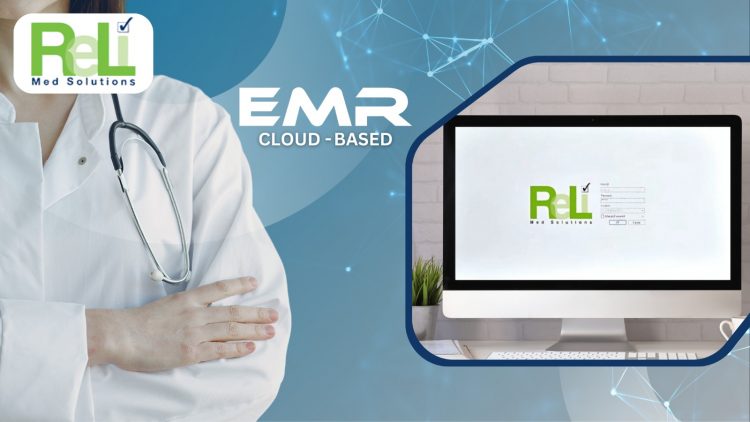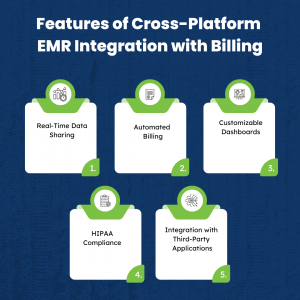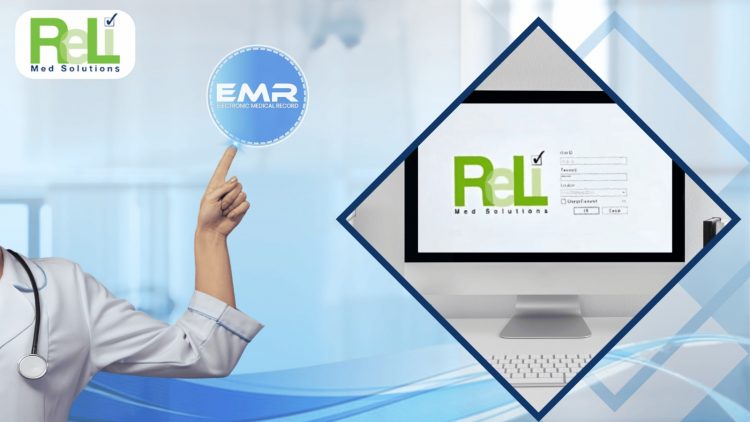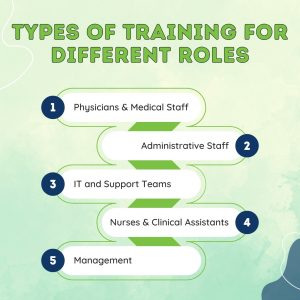EMR Software with Telemedicine: The Role of AI-Driven EHR in Modern Healthcare
The healthcare industry is changing fast with new techs like EMR Software with Telemedicine. These tools help doctors and patients to stay connected easily. However, the most exciting part is the use of AI in EHR systems. These systems do more than just store medical records. They analyze data, predict problems, and make health care processes faster and smarter way. Because of this, patients get better care, and doctors can focus more on treatment instead of paperwork. This connected system is making health care better for everyone.
EMR Software with Telemedicine
EMR Software with Telemedicine has made health care easier and more accessible. Doctors can now check medical records in real time during online consultations. Because of this, they can make better and faster decisions. Patients, too, can get online care without leaving their homes. In rural areas where good health care isn’t always nearby, telemedicine bridges the gap. Also, it helps patients to follow up on the treatments, which is very important for managing long term health problems. So, EMR and telemedicine are not just helpful tools; they are one of the needful tools for today’s health care.
The Evolution of EHR with AI
Over time, EHR systems have become much smarter thanks to AI. Earlier, these systems were only used to store medical records. But now, with AI, they can predict health issues, suggest treatments, and handle routine tasks. Because of these changes, doctors can focus on treating patients rather than managing files. For example, AI can find health risks based on a patient’s history or recommend the best care plan. This saves time and makes care more effective. Also, by reducing human errors, AI driven EMR systems make health care safer and more reliable for everyone.
How AI-Driven EHR Integrates with Telemedicine Platforms
AI driven EHR systems work perfectly with EMR Software with Telemedicine to create a seamless health care system. These systems can share and analyze medical records automatically, giving doctors all the Data they need during online consultations. For example, AI can look at a patient’s history and suggest treatments or highlight urgent issues. Also, these systems ensure that patient data is kept private and secure. Because of this smooth integration, telemedicine has become a trusted choice for both doctors and patients. So, whether it’s handling everyday health needs or managing serious conditions, AI systems make telemedicine easier and more helpful for daily health needs and serious health problems.
How Can It Affect Your Revenue Cycle Management (RCM)?
AI powered EMR systems play a big role in RCM. One of the common problems in health care is errors in billing and coding, which can cause financial losses. But AI fixes this by automating the tasks and making sure everything is correct. Because of this, health care providers face fewer claim rejections and have a better cash flow. Also, AI gives real time data about financial trends, helping clinics plan better for the future. For smaller health care centers anywhere in the world, good RCM supported by advanced medical billing services can ensure they grow and stay competitive in today’s market.
Transforming Healthcare with ReLi Med Solutions
The pair of AI driven EHR and EMR Software with Telemedicine is more than just a new tech; it’s a complete change in how health care works. It helps in efficiency, gives patients better care, and helps clinics manage their finances with strong RCM. Because of these benefits, using advanced EMR solutions has become essential for all health care providers. ReLi Med Solutions offers the best AI powered EMR systems made to fit the needs of modern clinics. With ReLi Med Solutions, you can make your health care services smarter and more connected. So, don’t wait choose ReLi Med Solutions today and take your medical billing services and care quality to the next level.

